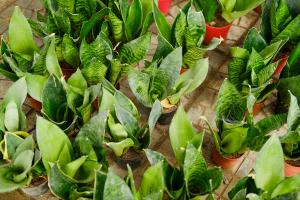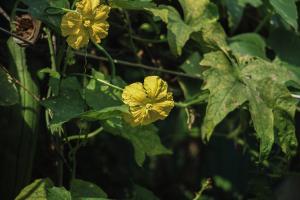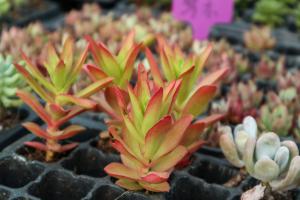Introduction
Money tree plants, also known as Pachira aquatica or Malabar chestnut, have become increasingly popular in recent years. Originally native to Central and South America, these trees have become a popular houseplant due to their ease of care and the belief that they bring good luck and financial prosperity. In this article, we will explore the history of this plant and its significance in Spanish culture.
History of the Money Tree Plant
The Money tree plant has a long history dating back to ancient folklore. It is believed that during the time of the Han Dynasty in China, a poor man prayed for money and found a Pachira aquatica tree, which he believed to be a sign of good luck and prosperity. The tree became known as the 'money tree' and was considered a symbol of wealth and good fortune.
In the 1980s, this plant gained popularity in Taiwan as a houseplant, and its popularity quickly spread to other parts of the world. Today, it is commonly sold as a houseplant and is commonly given as a gift in the hopes of bringing financial prosperity and good luck.
Characteristics of the Money Tree Plant
The Money tree plant is an evergreen tree that can grow up to 60 feet tall in its natural habitat. As a houseplant, it tends to stay much smaller, typically reaching only 6-8 feet in height. The leaves of this plant are large and glossy, with a palmate shape that resembles a hand with fingers.
This tree also produces edible nuts that are often used in South American cuisine. The nuts are typically roasted, boiled or fried and have a flavor that is similar to peanuts.
Significance in Spanish Culture
The Money tree plant has become an important symbol in Spanish culture, particularly in regards to financial prosperity. It is often given as a gift to friends and family members who are starting a new business or buying a new home in the hopes of bringing good luck and positive energy to their venture.
Additionally, it is believed that placing a Pachira aquatica tree in the entrance of a home or business can help to invite wealth and good fortune. Some people even place coins or money under the pot of the tree as an offering to the plant and to further attract financial prosperity.
Caring for a Money Tree Plant
The Money tree plant is renowned for being an easy-to-care-for houseplant. It thrives in bright, indirect sunlight and prefers humid conditions. It is also important to ensure that the soil is well-draining to prevent overwatering, which can cause root rot.
The tree should be watered only when the top inch of soil is dry to the touch. It is also important to fertilize the plant regularly during the growing season to encourage healthy growth and development.
Conclusion
The Money tree plant is a fascinating plant with a rich history and cultural significance. Whether you are seeking a houseplant that is easy to care for or hoping to attract financial prosperity, this tree is a great choice. By providing the proper care, this plant can thrive indoors and add a touch of natural beauty to your home or workspace.

 how many times do yo...
how many times do yo... how many planted tre...
how many planted tre... how many pine trees ...
how many pine trees ... how many pecan trees...
how many pecan trees... how many plants comp...
how many plants comp... how many plants can ...
how many plants can ... how many plants and ...
how many plants and ... how many pepper plan...
how many pepper plan...































